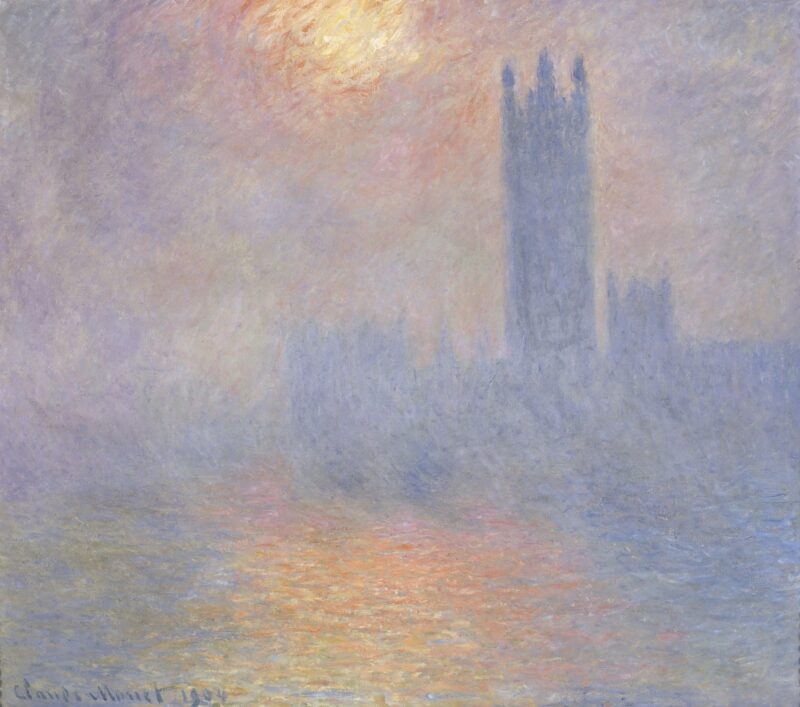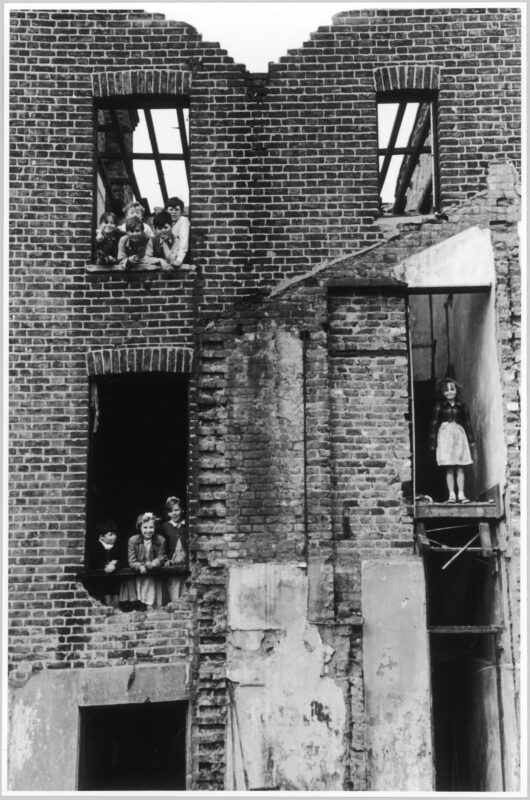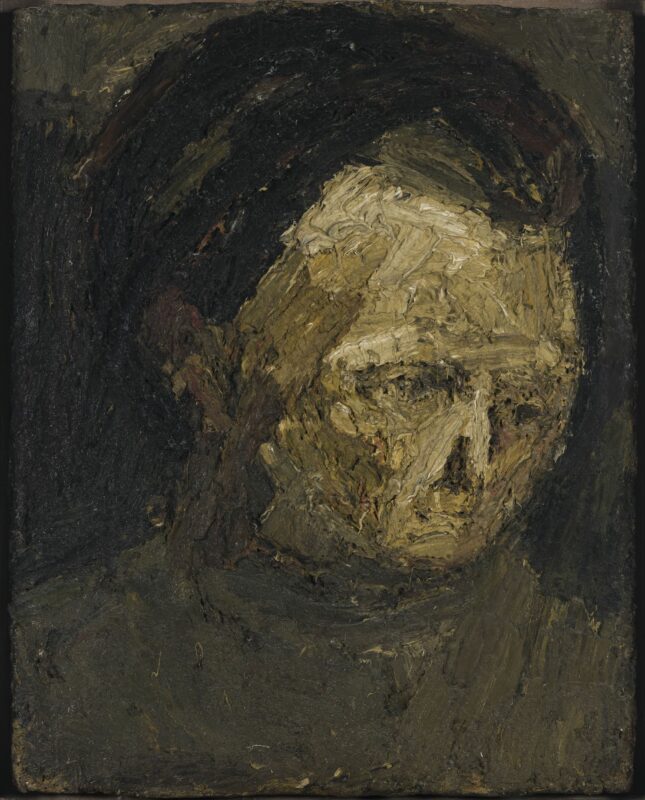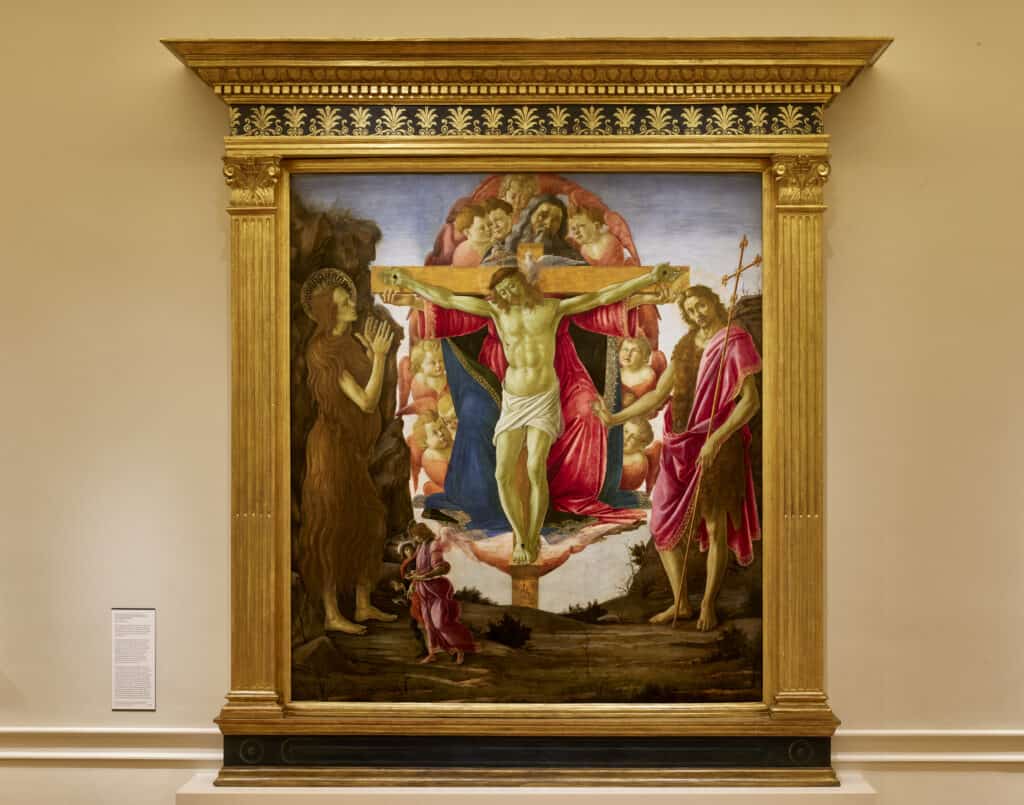
The Courtauld Gallery in London opens on Friday 19th November 2021 following the most significant modernisation project in its history, providing a transformed home for one of the UK’s greatest art collections.
Visitors to the Gallery in Somerset House, which has been closed since 2018, will be able to see masterpieces from The Courtauld’s collection, ranging from the Middle Ages to the 20th Century, completely redisplayed and reinterpreted across elegantly refurbished galleries, revealing the quality and range of the collection like never before. New spaces have been created for The Courtauld’s acclaimed temporary exhibitions as well as for projects which highlight the institution’s research-led educational mission.
Designed by Stirling Prize-winning architects Witherford Watson Mann with gallery design by Nissen Richards Studio, the redevelopment revitalises and opens up the building conceived by Sir William Chambers in the 1770s to create an inspiring setting for the 21st Century. The project has been supported by £11 million from The National Lottery Heritage Fund, £10 million from philanthropists Sir Leonard and Lady Blavatnik, and the Blavatnik Family Foundation, and generous donations from foundations, individuals and other supporters.
“We are so excited to welcome visitors back into The Courtauld Gallery after being closed for over three years. The transformation has been incredible, and the masterpieces in our collection now shine brighter than ever before. The Courtauld was founded in 1932 on the belief that everyone should have the opportunity to engage with art. With improved visitor facilities and greater accessibility, we’re also looking forward to welcoming people who might not have visited The Courtauld before – as well as being once again able to use the Gallery to teach our wonderful art history, curation and conservation students.”
Professor Deborah Swallow, Ma?rit Rausing Director of The Courtauld
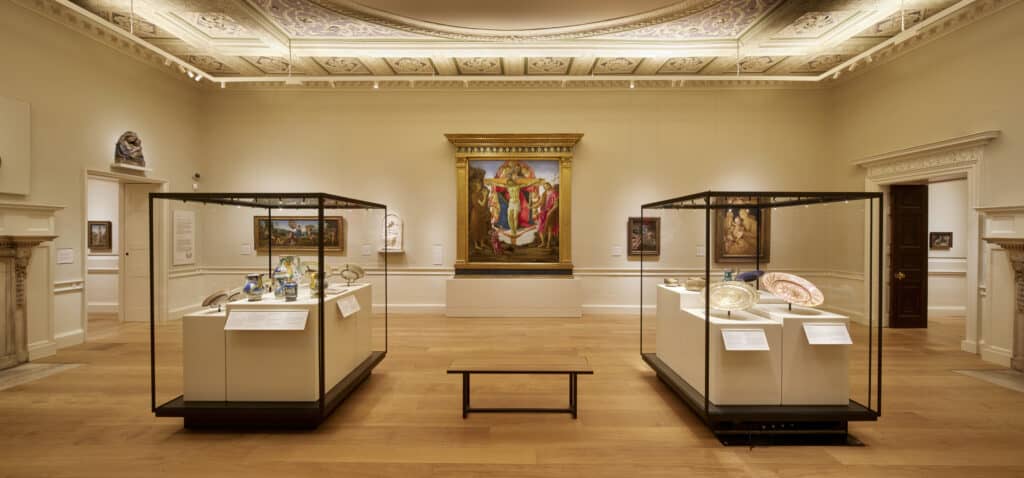
The Blavatnik Fine Rooms, spanning the second floor provide a stunning setting for a series of new displays of works from the Renaissance to the 18th century. Highlights include Botticelli’s large-scale The Trinity with Saints, unveiled after a three-year conservation project, and The Courtauld’s celebrated collection of works by Peter Paul Rubens.
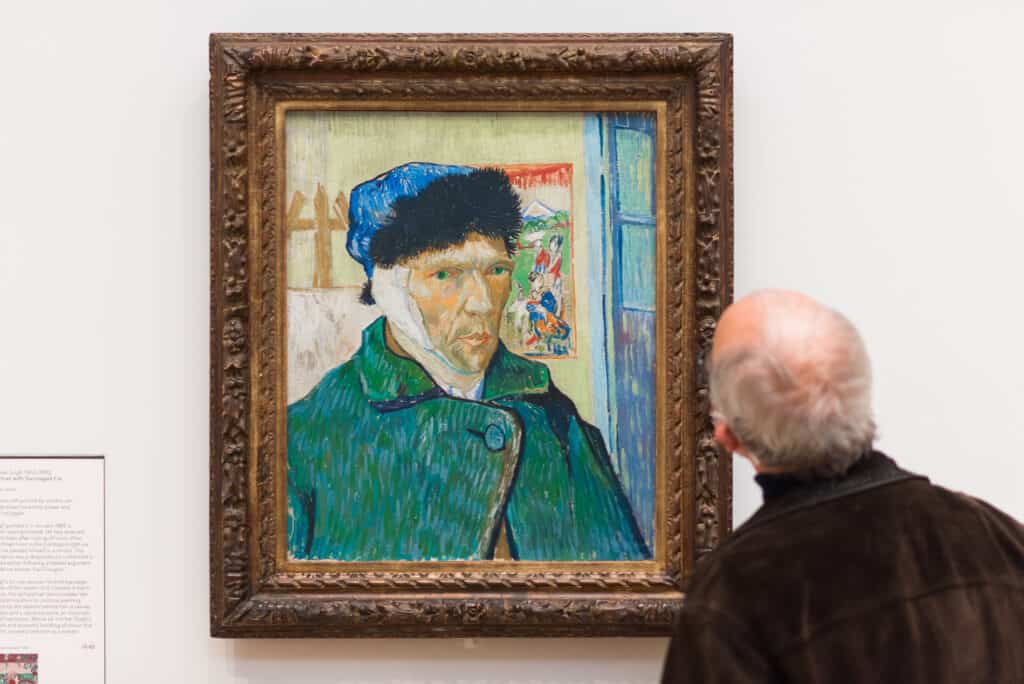
The Courtauld’s renowned collection of Impressionist and Post-Impressionist masterpieces, including Manet’s A Bar at the Folies-Bergère (1882), Van Gogh’s Self- Portrait with Bandaged Ear (1889), and the most significant collection of works by Cézanne in the UK presented in the spectacular, newly restored LVMH Great Room, London’s oldest purpose-built exhibition space.

An epic modern painting by the great Austrian Expressionist Oskar Kokoschka – over eight metres long, and considered to be one of the artist’s most important works is displayed at The Courtauld for the first time in over a decade. Presented in the Katja and Nicolai Tangen 20th Century Gallery, The Myth of Prometheus (1950) is exhibited alongside a selection of photographs by Lee Miller documenting Kokoschka working on this vast composition in the home of Count Antoine Seilern, who would later present it to The Courtauld.

A new gallery has been created on the first floor to present The Courtauld’s important collection of paintings and decorative arts from the Medieval and Early Renaissance periods, including fine examples of Islamic metalwork, alongside works from Italy and Northern Europe. In addition, for the first time, The Courtauld’s significant collection of works by the Bloomsbury Group is given a dedicated space in the Gallery, showcasing the group’s radical designs for furniture, ceramics and textiles alongside paintings and drawings by important Bloomsbury artists, including Vanessa Bell and Duncan Grant.
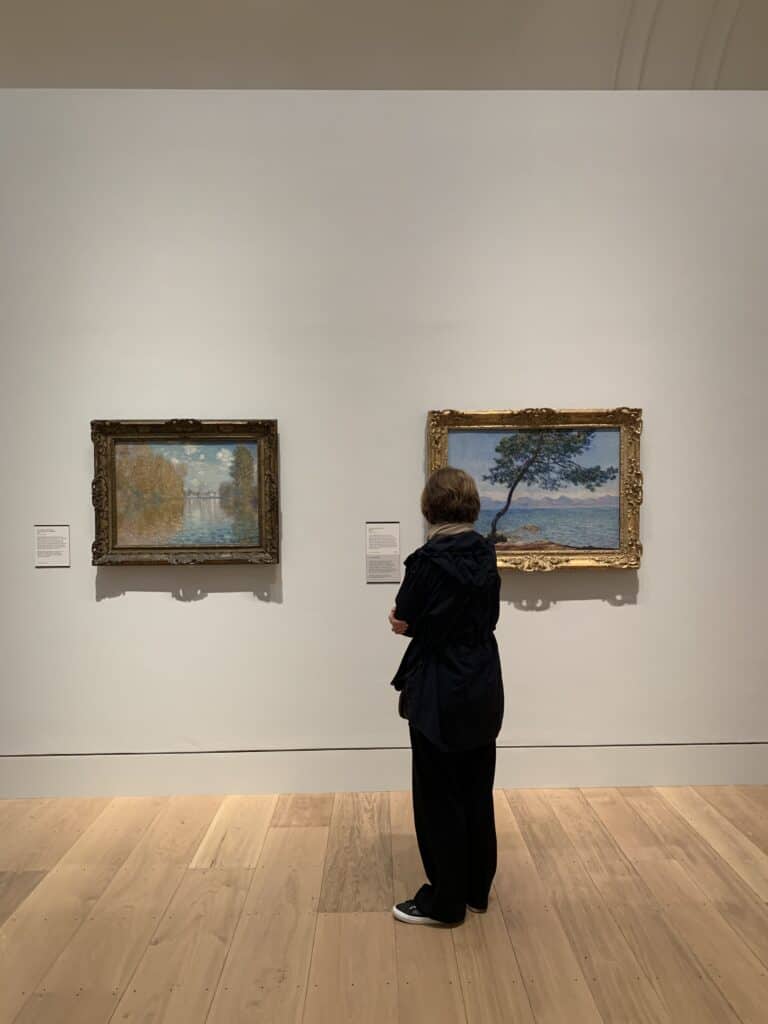
Two brand new galleries on the top floor provide a beautiful new home for The Courtauld’s programme of temporary exhibitions. The Denise Coates Exhibition Galleries open with Modern Drawings: The Karshan Gift (19 Nov 21 – 9 Jan 22), showcasing an outstanding group of drawings by European and American masters including Wassily Kandinsky, Paul Klee, Georg Baselitz and Cy Twombly, assembled by the late collector Howard Karshan and generously given to The Courtauld by his wife, the artist Linda Karshan.
Temporary exhibitions will also be on view in the Gilbert and Ildiko Butler Drawings Gallery – Pen to Brush: British Drawings and Watercolours (19 Nov 21 – 27 Feb 22); and in the new Project Space, where Kurdistan in the 1940s (19 Nov 2021 – 30 May 2022)will draw attention to The Courtauld’s rich but little-known photographic collections.
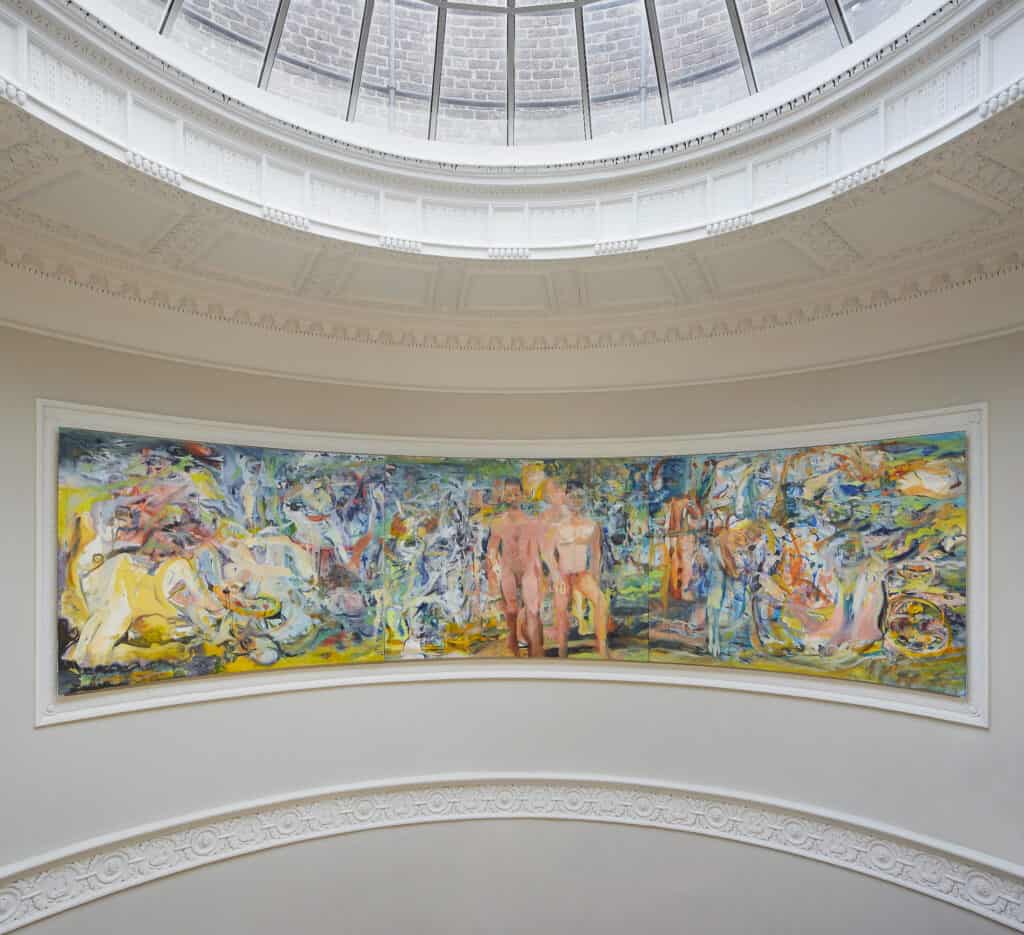
A further highlight is a new large-scale painting by the renowned contemporary artist Cecily Brown – specially commissioned for the curved wall at the top of The Courtauld’s historical staircase. Entitled ‘Unmoored from her reflection’, the picture responds to its setting and The Courtauld’s collection. Brown twists the codes and conventions of past art to create a dreamscape of painting that pushes back and forth between abstraction and figuration. The commission has been supported by The Garcia Family Foundation.
The transformation has made the historic spaces of the Gallery more accessible than ever before, with numerous improvements including step-free entrance access, new display cabinets, widened doors, and standardised floor levels between rooms. A new visitor welcome area has been created on the ground floor, alongside the restored John Browne Entrance Hall, generously supported by The John Browne Charitable Trust. Enhanced visitor facilities also include a newly constructed shop in the Deborah Loeb Brice Vaults and the colourful new Art Café, decorated in the interior style developed and championed by the Bloomsbury Group.
The collection’s interpretation has been completely revisited, drawing on The Courtauld’s expertise in art history education and research, as well as exploring the history of the fascinating rooms in which the collection is based. Supported by Bloomberg Philanthropies, the Gallery’s digital programme will also be expanded, engaging new audiences and enhancing access to The Courtauld’s collections.
“We are thrilled to welcome the public back to enjoy one of the country’s greatest art collections in a beautifully restored setting. This transformation would not have been possible without the generosity of our donors, to whom we are immensely grateful. The new Courtauld Gallery allows us to showcase the range and richness of the collection as never before, as well as to shine a light on areas of The Courtauld’s work that are less well-known. Our new spaces and facilities will also better support our acclaimed temporary exhibitions, as well as welcome schools, students and the wider community.”
The Lord Browne of Madingley, Chairman of The Courtauld.
The Courtauld Gallery Reopening Friday 19th November 2021
Monday – Sunday, 10am – 6pm (last entry 5.15pm) Special introductory offer: £9 weekday / £11 weekends. Concessions available. Free to students, under 18s, those in receipt of job seekers allowance, teachers, FE and HE lecturers Full details: courtauld.ac.uk/gallery
The Courtauld has partnered with Bloomberg Philanthropies and launched a guide on the Bloomberg Connects app, a free digital guide to cultural organisations around the world. Bloomberg Connects makes it easy to access and engage with arts and culture from mobile devices, anytime, anywhere. Features include expert commentary, video highlights, pinch-and-zoom capability and exhibition and way-finding maps which will extend access to The Courtauld Gallery for all upon reopening. The Bloomberg Connects is free via Apple Store or Google Play.
The transformation of The Courtauld, led by Stirling Prize-winning architects Witherford Watson Mann, has been supported by £11 million from The National Lottery Heritage Fund and a generous donation of £10 million from philanthropists Sir Leonard and Lady Blavatnik, and the Blavatnik Family Foundation. Additional major support has been provided by AKO Foundation, the Deborah Loeb Brice Foundation, The John Browne Charitable Trust, Denise Coates CBE, Crankstart, The Garcia Family Foundation, The Garfield Weston Foundation, Dr Martin and Susanne Halusa, The Linbury Trust, LVMH Moe?t Hennessy – Louis Vuitton and Oak Foundation. The Courtauld is most grateful to these visionary supporters, alongside others who are making this project and its related activities possible. The collection cared for by The Courtauld Gallery belongs to the Samuel Courtauld Trust.
About The Courtauld
The Courtauld works to advance how we see and understand the visual arts, as an internationally-renowned centre for the teaching and research of art history and a major public gallery. Founded by collectors and philanthropists in 1932, the organisation has been at the forefront of the study of art ever since through advanced research and conservation practice, innovative teaching, the renowned collection and inspiring exhibitions of its gallery, and engaging and accessible activities, education and events.
The Courtauld cares for one of the greatest art collections in the UK, presenting these works to the public at The Courtauld Gallery in central London, as well as through loans and partnerships. The Gallery is most famous for its iconic Impressionist and Post-Impressionist masterpieces – such as Van Gogh’s Self-Portrait with Bandaged Ear and Manet’s A Bar at the Folies-Bergère. It showcases these alongside an internationally renowned collection of works from the Middle Ages and the Renaissance through to the present day.
Academically, The Courtauld faculty is the largest community of art historians and conservators in the UK, teaching and carrying out research on subjects from creativity in late Antiquity to contemporary digital artforms – with an increasingly global focus. An independent college of the University of London, The Courtauld offers a range of degree programmes from BA to PhD in the History of Art, curating and the conservation of easel and wall paintings. Its alumni are leaders and innovators in the arts, culture and business worlds, helping to shape the global agenda for the arts and creative industries.
Founded on the belief that everyone should have the opportunity to engage with art, The Courtauld works to increase understanding of the role played by art throughout history, in all societies and across all geographies – as well as being a champion for the importance of art in the present day. This could be through exhibitions offering a chance to look closely at world-famous works; events bringing art history research to new audiences; accessible and expert short courses; digital engagement, innovative school, family and community programmes; or taking a formal qualification. The Courtauld’s ambition is to transform access to art history education by extending the horizons of what this is, and ensuring as many people as possible can benefit from the tools to better understand the visual world around us.
The Courtauld is an exempt charity and relies on generous philanthropic support to achieve its mission of advancing the understanding of the visual arts of the past and present across the world through advanced research, innovative teaching, inspiring exhibitions, programmes and collections.
The collection cared for by The Courtauld Gallery is owned by the Samuel Courtauld Trust.

